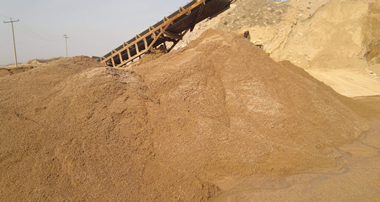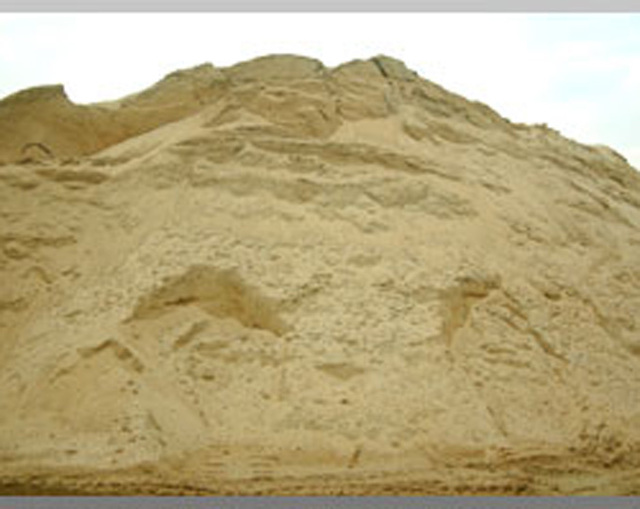

ABOUT US
滚球app平台(中国)有限公司
滚球app平台(中国)有限公司位于南通市通州区金沙街道进鲜港村4组,地理位置优越、交通运输便捷。主要从事新型建材生产、销售与技术服务一体的企业。公司拥有国内先进的生产流水线,可生产95、85、75板砖及混凝土多孔砖、空心砌块砖、道板砖等。
公司始终坚持以质量为本,信誉至上,为根本目标,所有产品均为优良品质,全部符合国家有关标准,依靠公司的科学管理、优质服务、诚实信誉,拥有自己广大的空间,赢得更多客户群体的青睐!
黄沙、石子、红砖、多空砖、砌块、中孔砖等建筑材料,量大从优。
推荐产品
严格的质量控制,为您打造可靠产品
黄沙石子


黄沙石子


黄沙石子


黄沙石子


中孔砖


赢材建筑材料优势
优质的产品和优良的服务,竭诚欢迎各界同仁友好合作光临惠顾。
新闻中心
在这里,你可以及时了解到赢材建筑材料的新闻动态以及行业的新鲜资讯
20
2020 -06
20
2020 -06
20
2020 -06
20
2020 -06
20
2020 -06
- 在线留言
- 售后服务
- 咨询电话 13912249379
- 返回顶部
优质高效 合作共赢
共同创造美好未来

关注官方手机站
更多精彩等着你!
电话:13912249379
网址:www.publishing-news.com
地址:南通市通州区金沙街道进鲜港村4组
Copyright © 2020 滚球app平台(中国)有限公司 All rights reserved



















